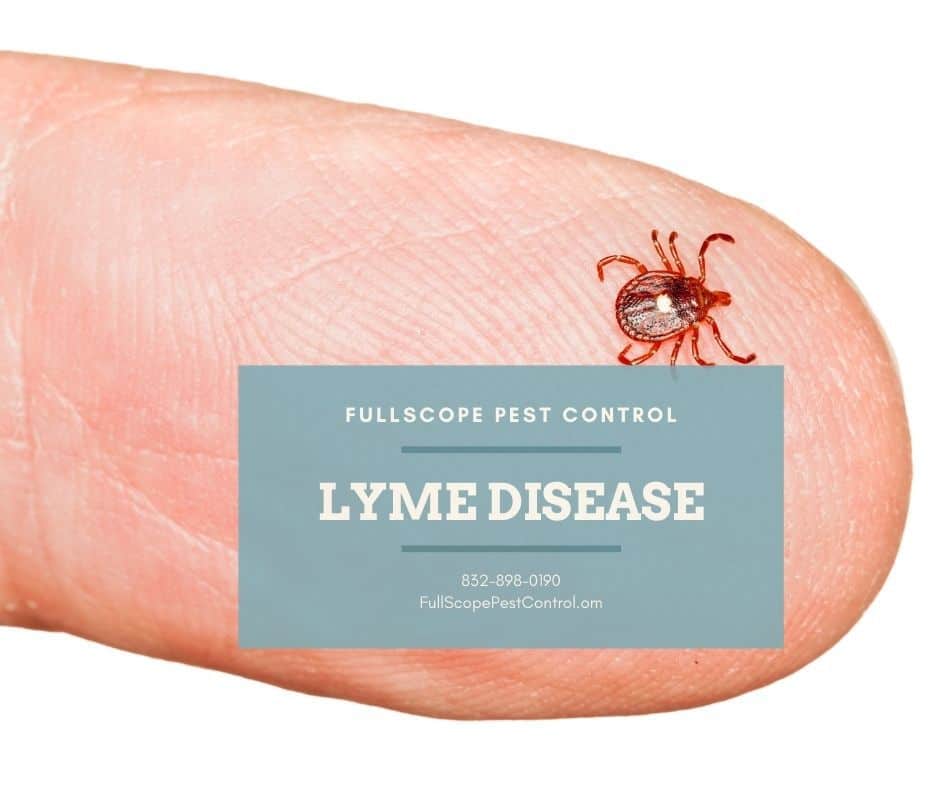Lyme disease, a disease transmitted through tick bites, can be difficult to detect and can result to serious and recurring health problems for your pets. Deer ticks, carriers of Lyme disease, are commonly found in forests or wooded, grassy, marshy areas near lakes, rivers or oceans. Animals or even people may be bitten by deer ticks during outdoor events such as camping, hiking, or while spending time in their backyards.
The best way to prevent these insects from biting or infecting your pets is by being proactive in taking the necessary precautionary measures. For example, vaccinations can be used to protect dogs from contracting this disease. It’s advisable to set up a monthly treatment program with your local veterinarians.
Must Read:MOSQUITO PROOF YOUR CAMP SITE
How to Avoid Contracting Lyme Disease
As stated by the American Veterinary Medical Association, “The best way to protect pets from Lyme disease is to take preventive measures to reduce the chance of contracting the disease. Even during the last few weeks of summer, it’s important to remember that pets and people are at greater risk of being infected with Lyme disease and other tick-borne diseases such as anaplasmosis, ehrlichiosis, or Rocky Mountain Spotted Fever.”
Outlined below, are few additional tips for keeping ticks off your backyard:
- Remove wood piles from your home.
- Avoid tall grassy and wooded areas where tick activity is usually high.
- Keep your bushes and trees trimmed and grass cut short.
- Move sandboxes, swing sets and other play areas away from wooded and grassy areas.
- Check yourself, family members and pets for ticks as soon as you return home after enjoying time outdoors. It is advisable to wash clothing immediately.
- Use tick repellants – check with your local veterinarian to find the products that work best for your pets.
- Contact a pest control company to provide you with special treatments that will allow your pets roam the yard freely.
Lyme Disease Symptom in Pets
Once in the bacteria that causes lyme disease makes its way into the bloodstream, it travels to different parts of the body and cause problems in specific locations (joints) and organs. The symptoms of this infection include:
- Loss of appetite
- Fever
- Reduced energy
- Swollen joints
- Stiffness, discomfort or pain
If you notice your pet experiencing any of the symptoms outlined above, do well to contact a veterinarian immediately.
How Dogs are Tested and Treated
At the veterinarian, you will be required to give a detailed history of your dog’s health and the symptoms they are having. Your local veterinarian will carry out the necessary tests to diagnose what illness your pet has. As stated by the American Kennel Club, “The two blood tests used for Lyme disease testing are called C6 and Quant C6, which can both be performed by your local veterinarian’s office. The C6 antibodies can be detected three to five weeks after an infected tick bites your pet. The next step would be the Quant C6, along with urinalysis to help determine if antibiotics are necessary.”
If your dog is found to have Lyme disease, it will be treated as an outpatient and receive antibiotics for at least four weeks.
Did you know that ticks have a habit of arriving before mosquitoes and still linger after the mosquitoes are gone? Ticks appear in our surroundings once ground temperature reaches at least 45 degrees Fahrenheit, so it’s imperative to have a plan for eliminating ticks in place in advance.
It is important to put in your best in your fight against ticks as this will do your pets a lot of good. It is worth mentioning that Lyme disease is ranked amongst the most commonly vector-borne infections in the US.
Do you need assistance with pest control? Contact a certified pest control company to get help today!








